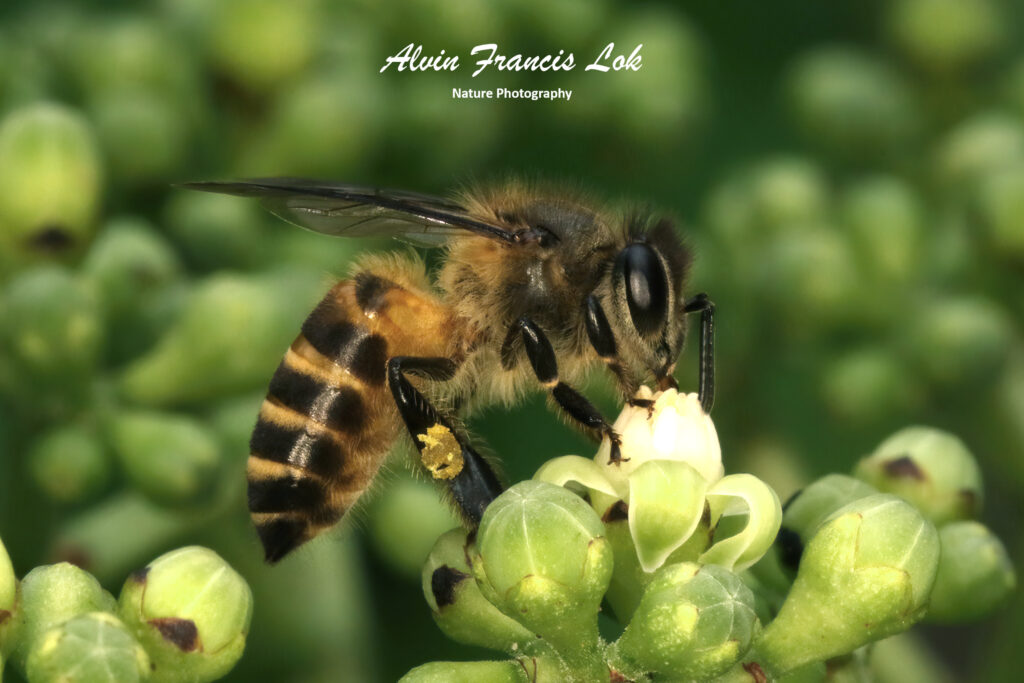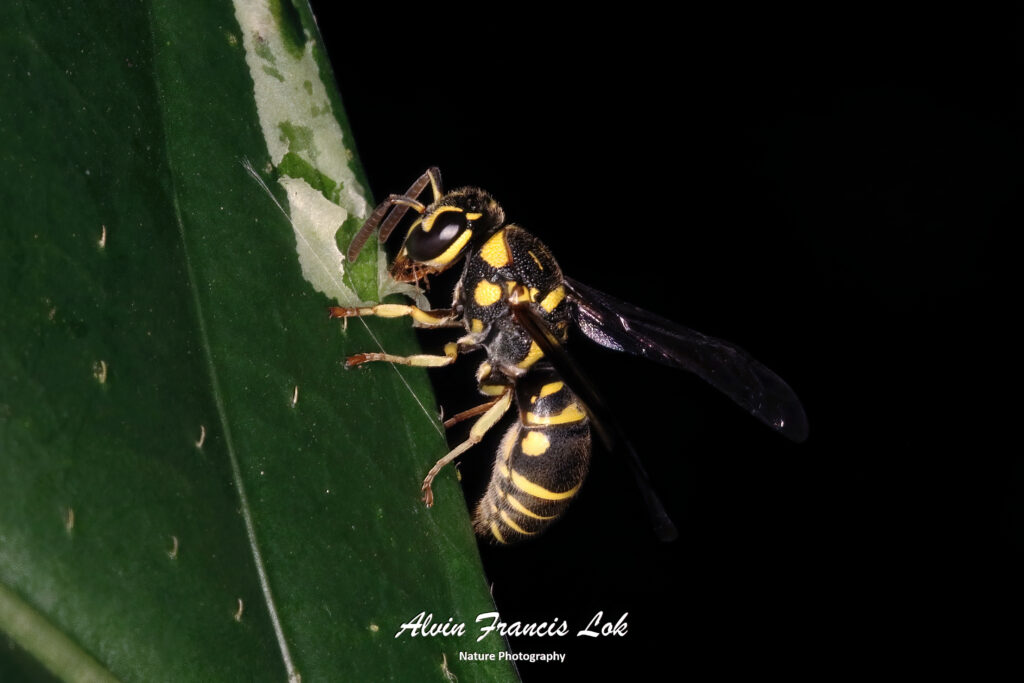Hymenoptera is a large order of insects with over 150,000 species, comprising ants, bees, and wasp. Many of the species are parasitic, with females having a special ovipositor for inserting eggs into hosts or places that are otherwise inaccessible.
The ovipositor may be blade-like for slicing plant tissues or modified for piercing. In some cases, the ovipositor can be several times the length of the body. In some species, the ovipositor has become modified as a stinger for delivering venom, and the eggs are laid from the base of the structure instead of from the tip. The sting is typically used to immobilise prey, but in some wasps and bees may be used in defense.
Hymenopterans range in size from very small to large insects, usually with two pairs of wings. Their mouthparts are adapted for chewing, with well-developed mandibles in the case of ants and wasps, while other have mouthparts modified into lengthy proboscis, used to drink nectar from flowers in the case of bees. They have large compound eyes, and typically three simple eyes.
The forward margin of the hind wing bears several hooked bristles, which lock onto the fore wing, keeping them held together. Hymenopteran wings have relatively few veins compared with many other insects, especially in the smaller species.
Feeding habit within Hymenoptera are varied. The most primitive forms are typically phytophagous, feeding on flowers, pollen, foliage, or stems.
A huge number of species are parasitoids as larvae and their adults are predatory, provisioning their larvae with immobilized prey, injecting their eggs into the host, which begin to consume the host upon hatching. As a group, Hymenoptera are highly susceptible to habitat loss, which can lead to substantial decreases in species richness due to their pivotal role as plant pollinators.


